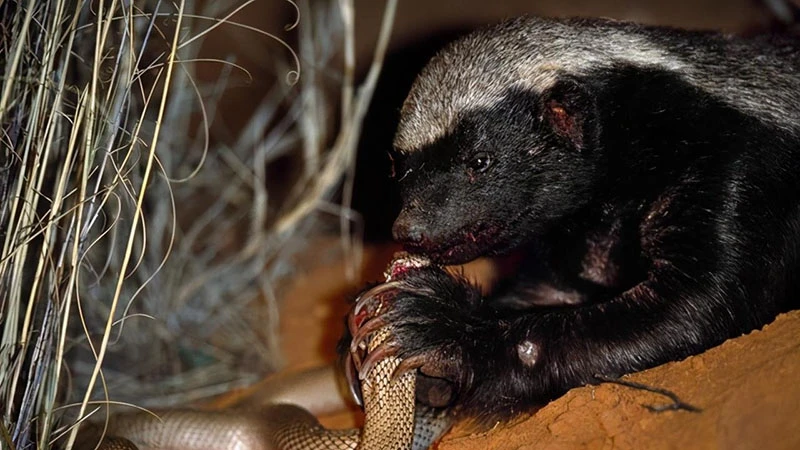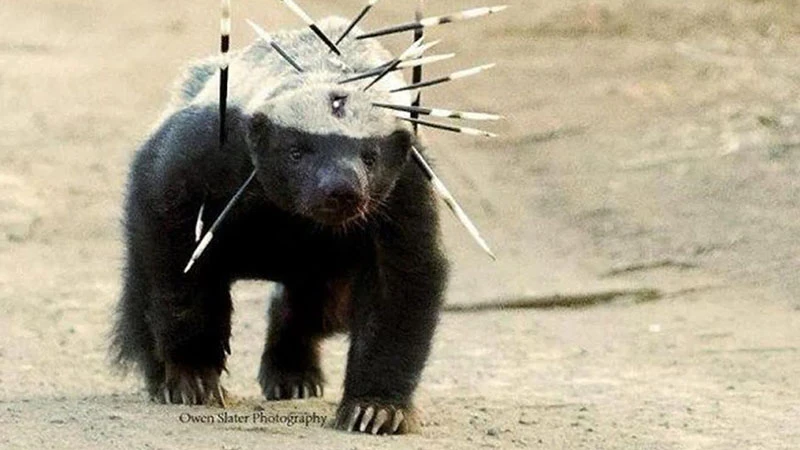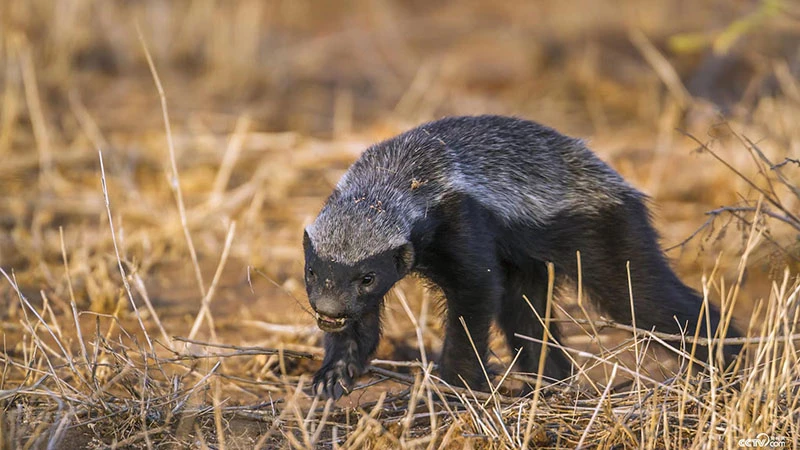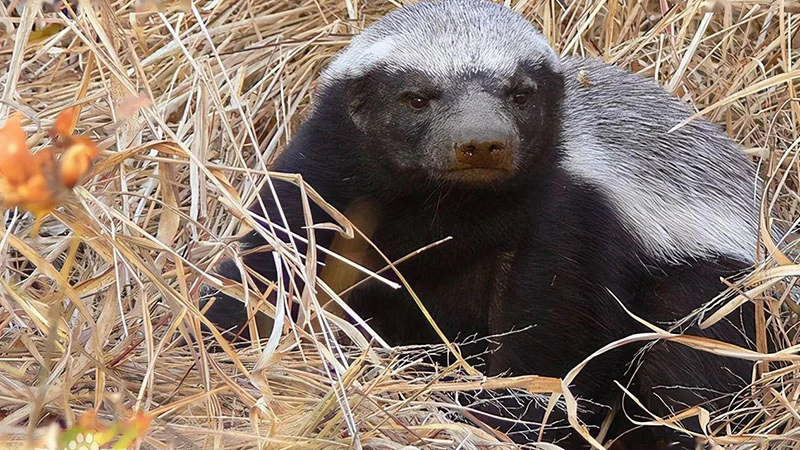In the wild, survival usually favors the strong and ferocious. Creatures with sharp claws, powerful jaws, or immense size dominate the food chain. Yet, there’s one animal that defies this logic—an animal without the physical power of lions, the ferocity of crocodiles, or the massive stature of elephants. Meet the honey badger, a creature renowned not for its size or strength, but for its unrivaled fearlessness.
Despite being relatively small and lacking deadly natural weapons, the honey badger is known for its audacity to stand up against much larger predators. But what fuels this seemingly irrational bravery, and how has the honey badger carved out its place in nature’s competitive landscape?

The Unassuming Yet Bold Honey Badger
Belonging to the weasel family, the honey badger, or "Mellivora capensis," gets its name from its unusual fondness for raiding beehives. These animals are often found tearing through bee nests in search of honey and larvae, ignoring the angry swarm of bees that inevitably follows. With a smooth, tough hide, the honey badger seems nearly immune to bee stings, making the pursuit of honey a common activity for them.
Native to regions such as Africa, parts of Asia, and India, honey badgers thrive in various habitats from dense rainforests to open savannas. Their adaptability is one of their strengths, allowing them to survive in harsh environments such as deserts and arid plains. Despite their small size, honey badgers are often seen roaming alone or in pairs, particularly under the cover of night when they search for food. This nocturnal behavior helps them avoid larger predators during the day, but their daring nature means they are still often seen facing off against formidable foes.
With a diet that includes honey, small insects, and even highly venomous snakes, the honey badger is remarkably resilient. What’s most surprising is its ability to take down and consume deadly snakes without being affected by their venom. Scientists speculate that honey badgers possess a natural resistance to toxins, a trait that makes them especially adept at surviving in the wild where poisonous creatures are common. This resistance, coupled with their fierce determination, makes them a formidable opponent even for venomous animals that many other predators avoid.
Nature's Most Fearless Creature
Honey badgers are famous for their brazen attitude toward threats. So much so that the Guinness World Records has dubbed them the “world’s most fearless animal.” Numerous wildlife documentaries have captured scenes of honey badgers challenging creatures far larger and more dangerous than themselves, from lions to hyenas. Their apparent lack of fear leaves many observers puzzled, as honey badgers will often stand their ground or even charge at predators several times their size.
When confronted by larger animals such as lions or leopards, honey badgers have a unique response. Instead of retreating, they puff up their bodies, raise their fur, and let out high-pitched, intimidating screeches. In addition, they release a foul-smelling odor from their anal glands—a last-ditch effort to deter potential attackers. In some cases, this strange display of aggression works, confusing larger predators and giving the honey badger enough time to escape.
However, their bravado does not always guarantee success. Often, their bold confrontations end in defeat, with the honey badger becoming the prey. Nevertheless, the fact that such small creatures even attempt to challenge apex predators is astounding and speaks to their indomitable spirit. This behavior, though risky, occasionally pays off, with reports of honey badgers successfully fending off leopards and hyenas.
The Honey Badger’s Predators
While the honey badger is known for its aggression, it is far from invincible. In the wild, it faces numerous threats from predators like jackals, lions, and leopards. Jackals, in particular, often prey on young honey badgers, targeting the weaker members of the species for a higher chance of success. Adult honey badgers, though, are much harder to subdue.
Despite its fierce reputation, the honey badger does not have many natural defenses. Its sharp teeth and claws are not nearly as effective as those of larger carnivores. As a result, when faced with powerful predators such as lions, the honey badger’s chances of winning a fight are slim. Yet, even in these high-stakes encounters, honey badgers refuse to back down easily. They challenge their foes head-on, their small stature belying the fearlessness that defines them.
In a world where animals often rely on physical prowess or cunning to survive, the honey badger’s boldness is its unique advantage. While they may not win every battle, their fearless attitude allows them to thrive in the dangerous, unpredictable environments they call home.



